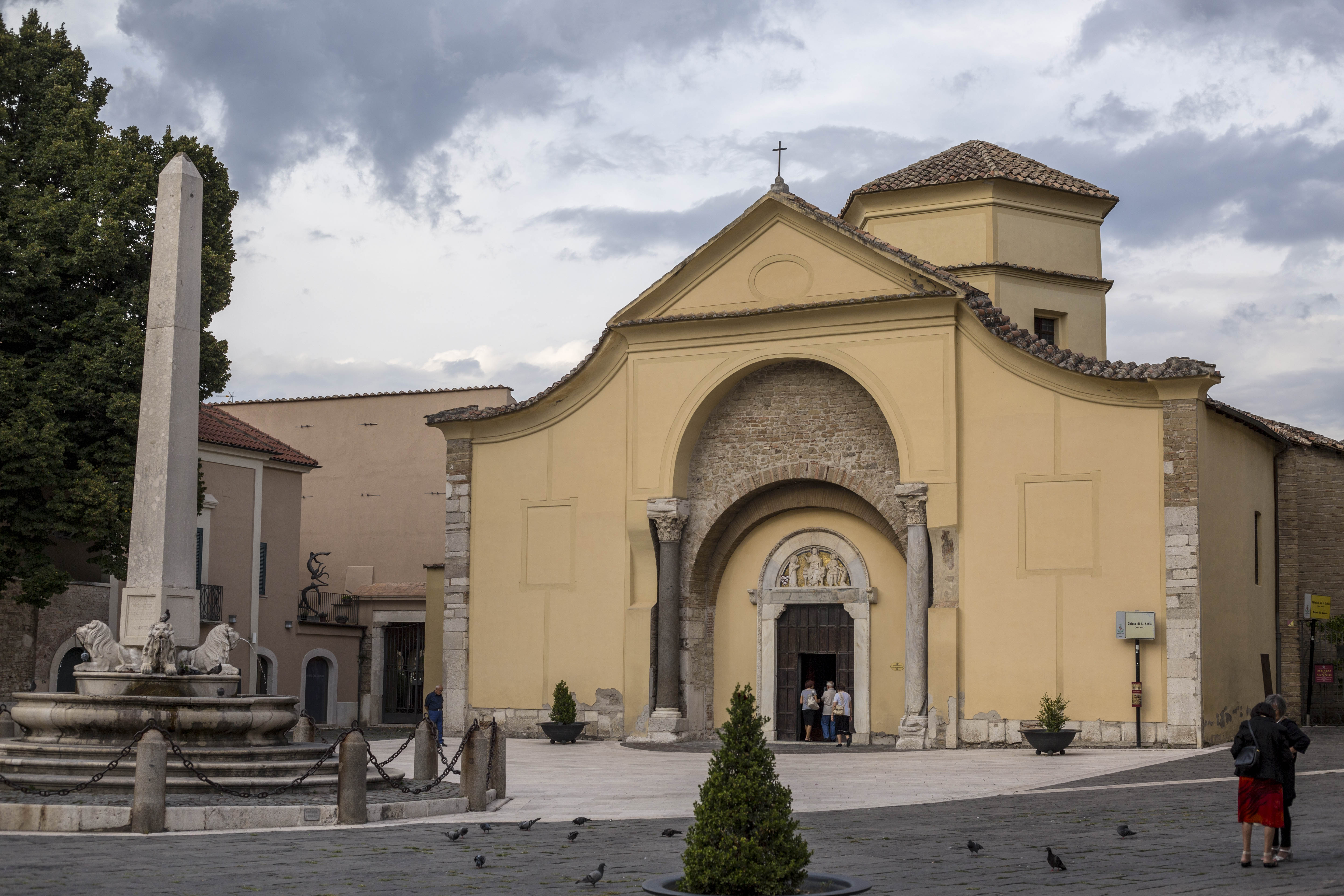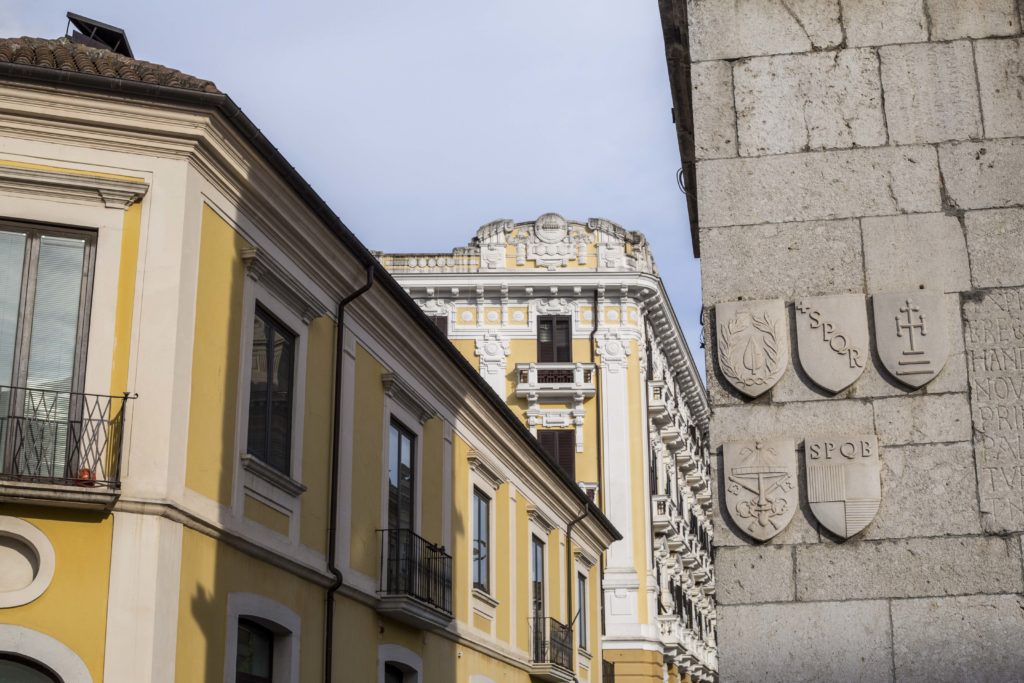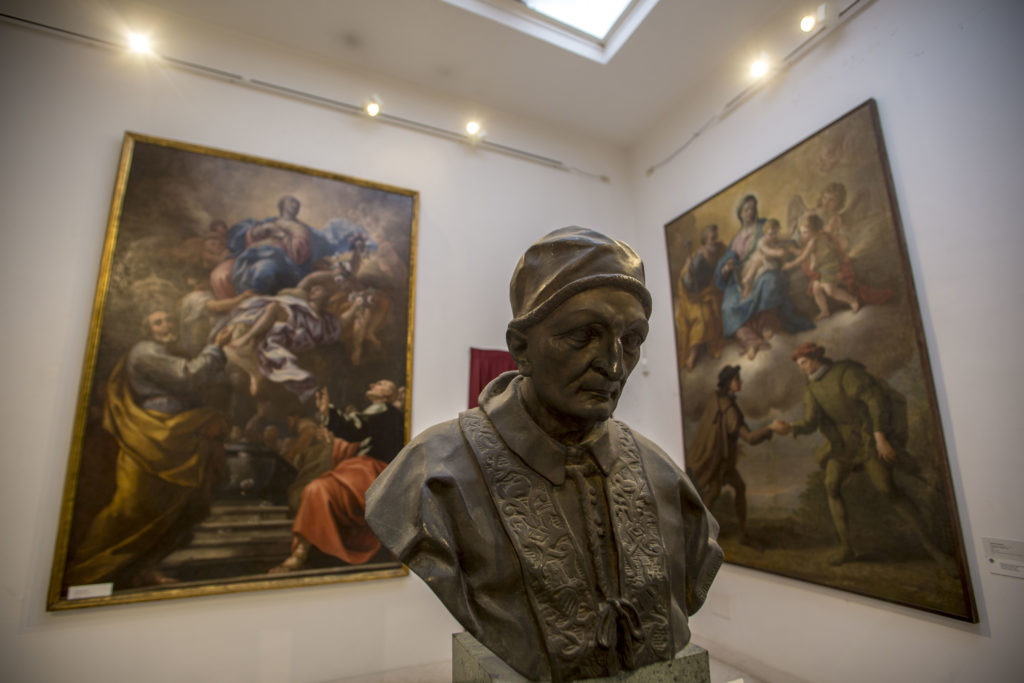The Church of Santa Sofia and the Museo del Sannio
GRAND TOUR BLOG | 14 July 2020

The Church of Santa Sofia and the Museo del Sannio

Get to know Benevento
Benevento is an Italian town of di 58 832 inhabitants: is one of the capitals of Campania: has an important historical heritage, artistic and archaeological due to the various domains that have followed one another over time.
It was called initially “Maloenton” by populations Osco-Samnite, afterwards, the Romans called it first “MALEVENTUM” and then “Beneventum“.

What to visit in Benevento?
Benevento has two important structures rich in history: Cloister of the Church of S. Sofia and the Sannio Museum.
- Cloister of the Church of S. Sofia: the cloister of the Church of S. Sofia represents the medieval art in which the columns are seen, the capitals and the pulvini that remember the succession of the seasons, the juxtaposition of good and evil and the various historical periods.
The symbol of the city is the A.rco di Traiano: it is one of the Roman triumphal arches.
It is also the headquarters of the’Archdiocese of Benevento.
- Sannio Museum: it is rich in evidence of the Samnite culture. In its rooms there are prehistoric finds, Greek-Roman sculptures and Egyptian works, medieval, modern and contemporary.
Also in the halls of the Palazzo Casiello (joined the museum in 2011), was also set up the Gallery, which recalls the whole history of Benevento starting from the Roman era, passing through the Roman period up to the '700 and' 800.
Finally, there are also many works by 20th century artists such as Renato Guttuso, Carlo Levi, Corrado Cagli, Nicola Ciletti, Mimmo Paladino and Virginia Tomescu Scrocco.

History of the Church of Santa Sofia
The Hagia Sophia is one of the most interesting churches in Campania: it is a true architectural jewel.
The Church of Santa Sofia was built in 760 by the Lombard Duke Arechi II.
Among other things, it is the Italian Church which also has the most important Lombard testimonies
From the 2012, through the exhibition “Langobardia Minor: the Lords of Benevento” you can also access the Lombard section of the Museo del Sannio, which exposes in various subsections: morals, necropolis, sculpture and epigraph.
The new layout is by Maria Luisa Nava: illustrates the themes of life and society in the time of the Lombards.
The recognition obtained
In 2011, the Church of S. Sofia and his Cloister have obtained recognition from’Unesco being a World Heritage come Well Protected together with other complexes such as Brescia, Cividale del Friuli, Spoleto, Campello sul Clitunno, Monte Sant'Angelo and Castelseprio.
Among other things, they also fall into the serial site “Lombards in Italy: the places of power (568-774 d.C.)”.



